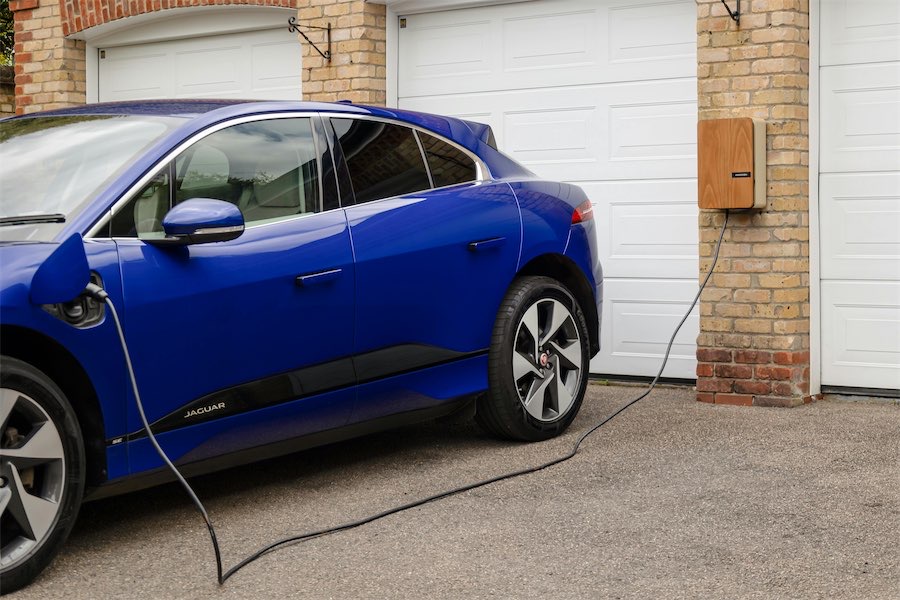
By Jennifer Dudley-Nicholson
Australian electric car owners could use their vehicle batteries to keep the lights on this Christmas after the arrival of a long-awaited policy change.
Federal Energy Minister Chris Bowen is expected to announce a standard for vehicle-to-grid technology at the Sydney International EV Show on Saturday, allowing electric cars to work as household batteries on wheels.
The announcement comes four months after the technology was raised as a priority for state and federal energy ministers in the Consumer Energy Roadmap and after studies into its potential launched by the CSIRO and NRMA in October.
Vehicle-to-grid technology (V2G) works by connecting an electric car to a bi-directional charger installed in a garage.
Electricity in the car’s battery can be used to power a home or be fed back into the grid during times of high demand.
The technology had the potential to give consumers control of their energy resources, Mr Bowen said, and let households store energy generated by rooftop solar panels and decide when to use it.
“It means when you pick your next EV you won’t be buying just a car, you’ll be buying a household battery on wheels,” he said.
“This is a very good step forward in giving consumers more choices and more control.”
Despite widespread interest and several Australian trials, the technology has been unavailable to households due to a lack of regulatory standards.
With rules in place, Mr Bowen said the technology could be available within weeks.
“We now have a revised standard in place to make bi-directional charging, or reverse charging, possible in Australian homes,” he said.
“If you’ve got a car with V2G capability and a bi-directional device, you could be using that car to power your house before the end of this year.”
Vehicles and chargers using the technology must first be approved by the Clean Energy Council, Mr Bowen said, and cleared for use by distribution networks.
Several large automotive brands already support vehicle-to-grid technology including Ford, Kia, XPENG, Audi, Nissan, Volkswagen, Cupra and Mitsubishi.
Other automakers including Tesla have expressed interest in adding the technology to future vehicles.
Although the technology will be new to motorists, researchers have held several V2G trials in Australia, including a test at the Australian National University in Canberra in which 16 cars fed power back into the electricity grid during a blackout.
In October, the CSIRO also announced a V2G research project to test whether a car could power a “house of the future” and NRMA, iMove and the University of Technology Sydney announced a 2.5-year project to assess attitudes and ways to deliver the technology in Australia.
A study for the Australian Renewable Energy Agency, conducted by Energeia, also found electric vehicle owners had the potential to make as much as $12,000 a year from connecting their cars and providing power to the electricity grid.
Who can be trusted?
In a world of spin and confusion, there’s never been a more important time to support independent journalism in Canberra.
If you trust our work online and want to enforce the power of independent voices, I invite you to make a small contribution.
Every dollar of support is invested back into our journalism to help keep citynews.com.au strong and free.
Thank you,
Ian Meikle, editor





Leave a Reply